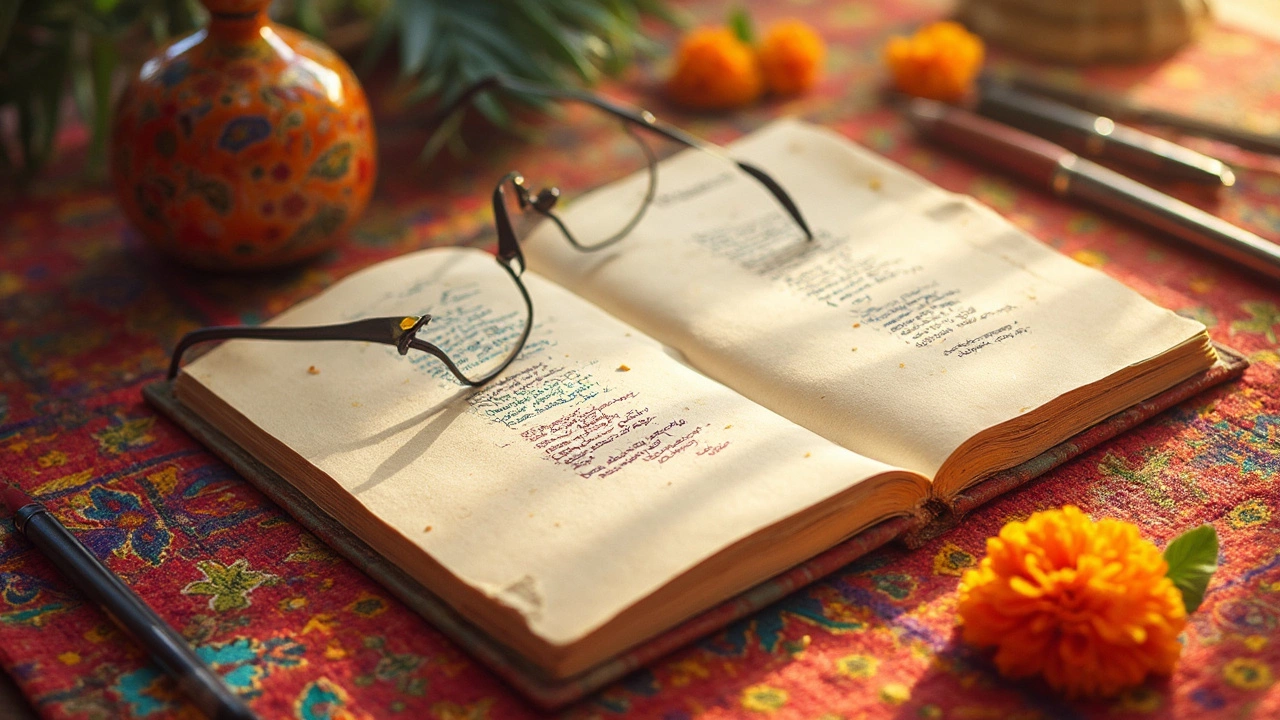Poem Structure: The Building Blocks of Any Verse
When you dive into poem structure, the overall blueprint that determines how a poem is organized, from line breaks to rhythmic patterns. Also known as poetry format, it guides the flow, mood, and impact of a piece. Understanding this framework is the first step to crafting verses that resonate.
Core Elements That Shape a Poem
One of the most visible components is the stanza, a grouped set of lines that functions like a paragraph in prose. A stanza can follow a fixed pattern or be free‑form, and its length often influences the poem’s pacing. Paired with meter, the regular beat that gives a poem its musical quality, stanzas create the rhythmic backbone. Meter is measured in feet such as iambs or trochees, and choosing the right foot type determines whether a line feels upbeat or solemn.
The rhyme scheme, the ordered pattern of rhyming lines, adds another layer of structure, often shaping how readers anticipate the next line. A common scheme like ABAB or a more complex one like ABCB influences both the visual layout and the emotional cadence. Together, stanza, meter, and rhyme scheme form a trio that defines the poem's architecture and sets expectations for the audience.
Beyond these basics, the poetic form, a recognized style such as sonnet, haiku, or free verse that carries its own set of rules, determines how the earlier elements are applied. For instance, a Shakespearean sonnet demands 14 lines in iambic pentameter with a specific rhyme pattern (ABAB CDC D EF EF GG), while a haiku relies on a 5‑7‑5 syllable count without a strict rhyme requirement. Selecting a form aligns the poet’s intent with a historic tradition, making the poem both personal and part of a larger literary conversation.
Grasping these entities helps you see why poem structure encompasses stanza arrangement, requires meter alignment, and is influenced by rhyme scheme choices. Whether you’re drafting a quick social media verse or polishing a lengthy composition, this knowledge lets you experiment confidently, break rules purposefully, and ultimately create work that feels intentional.
Below you’ll find a curated selection of articles that dive deeper into each of these elements, from practical tips on measuring meter to exploring unconventional forms. Use them as a toolbox to refine your own verses and expand your poetic repertoire.

Short Poem Types: What is a Short Poem Called?
Ever wondered what a short poem is called? This article breaks down the world of short poetry, looking at the terms, types, and unique styles in India and beyond. You'll get a peek at popular forms, learn fun facts, and pick up tips for writing your own tiny poems. Whether you're a newbie or just curious, this guide makes short poems easy to understand. Discover why the smallest lines can pack the biggest punch.
Read more